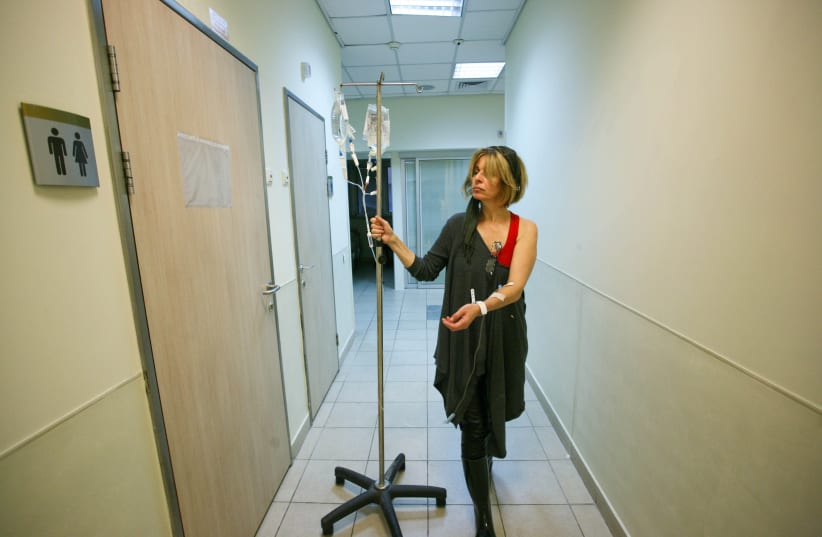Researchers from the University of Virginia's Cancer Center have not only identified a gene responsible for the spread of triple-negative breast cancer, but may have also developed a way to stop it.
The researchers have found that blocking the gene could benefit approximately 80% of triple negative breast cancer patients. Moreover, it could also be used to prevent targeted treatments for many other cancers as well.
Around 40,000 deaths a year are attributed to triple negative breast cancer (TNBC), which is considered an aggressive form of breast cancer. The majority of these deaths result from resistance to chemotherapy and subsequent aggressive metastases. People with metastatic tumors have the highest death rate.
UVA’s Sanchita Bhatnagar, PhD, and her team set out to find what causes these tumors to become metastatic. They found that the breast cancer oncogene TRIM37 is the cause for the cancer's aggressive spread and the resistance to chemotherapy.
“Despite metastasis being the key reason for failure of cancer therapies, it remains poorly understood. We do not clearly understand what drives the metastatic growth in patients,” said Bhatnagar, the first to identify TRIM37 as a breast cancer oncogene. “In general, several genes are altered during tumorigenesis. However, whether targeting the same genes will prevent metastatic transition remains to be addressed.”Research into the role of the TRIM37 gene also highlighted role of TRIM37 in racial disparities. Incidence of the disease is disproportionately higher in African-American women compared with other races, with a 5-year survival rate in African-American patients of only 14% compared with 36% in non-African-American women.
Bhatnagar and her husband Jogender Tushir-Singh, PhD developed an approach that could prevent both effects of the TRIM37 gene, and may even prevent or significantly delay the spread of TNBC.
The approach is still in its early stages but has so far proved promising in mouse models. A dramatic reduction in the lungs of mice who received the treatment. The lungs are one of the most common metastatic target sites for TNBC patients.
Bhatnagar and Tushir-Singh said they found that their "targeted nanoparticles significantly reduce metastatic lesions in the lungs of spontaneous metastatic murine [mouse] models – both immune compromised and immune sufficient."
To deliver the treatment, nanoparticles, made from microscopic balls of fat, and are paired with specially engineered antibodies that bind to only the cancerous cells, and administered. “As soon as the antibody finds the triple negative breast cancer cell, it binds to the receptor and is taken up by the cell,” explained Tushir-Singh, of UVA’s Department of Biochemistry and Molecular Genetics.
“A problem in the field is, how will you give [a nanoparticle treatment] to the patients? Most of these nanoparticles are cleared by the liver, so they never have a chance to really do their job,” Bhatnagar said. “In this study, researchers bypassed this issue by delivering nanoparticles by nasal route, increasing the rate of uptake in the lungs."
Bhatnagar’s research offers a potential way to target a driver of metastasis, which remains a challenging problem amid clinical treatments used to combat the spread of TNBC, such as surgery and radiation.
While it is still in early stages, the research has already been noticed by pharmaceutical companies. “This is a delivery platform, not only for targeting our protein of interest but for many other chemotherapeutic drugs that can be packaged into the nanoparticles and selectively delivered,” Bhatnagar said.
